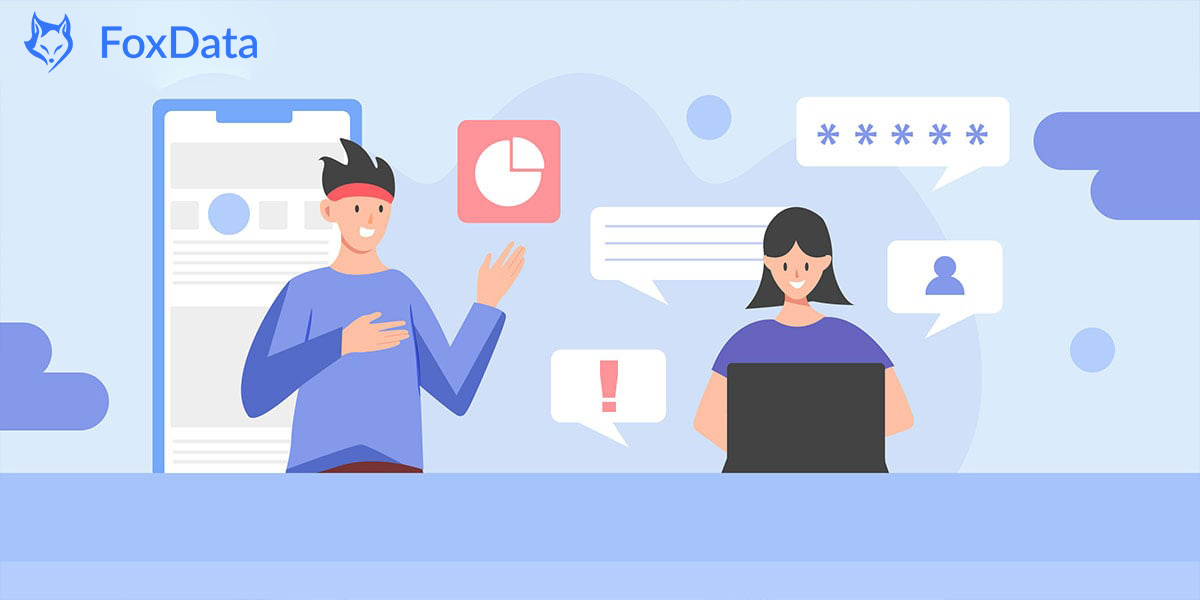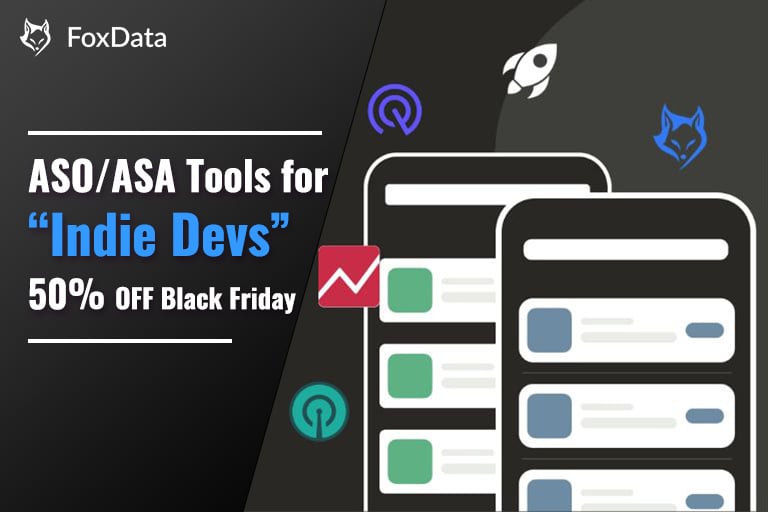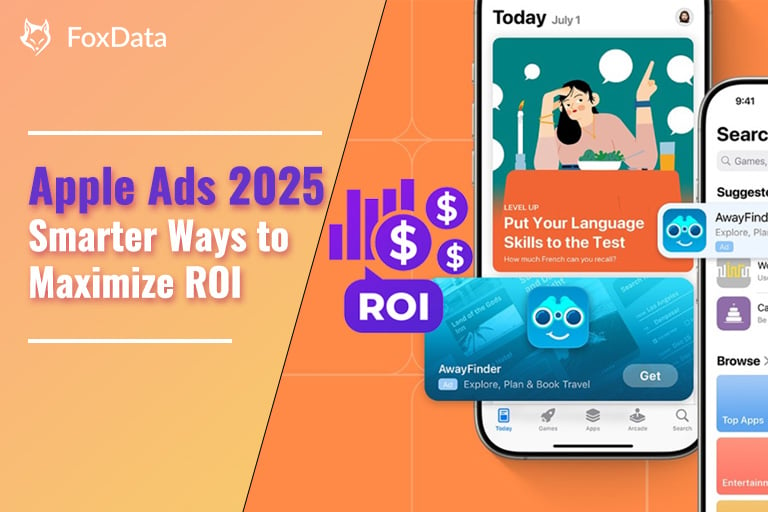Enhancing Your App's Growth with Valuable Performance Metrics

In the past, advertising was a bit of a gamble, hoping that the right audience would stumble upon the material at the right time. However, with the rise of the internet, advertisers now have a unique opportunity to connect with individuals on a personal level. Whether it's through social media, applications, games, third-party sales platforms, or streaming services, most of us are constantly connected to the internet in some way. This shift has given rise to performance marketing, a form of advertising where advertisers only pay when a customer takes a specific action.
Performance marketing is a highly effective and reliable method of ensuring that your ads are seen by your target audience. Unlike traditional advertising methods, performance marketing is not a random bet. Instead, it focuses on getting people to complete a specific action, such as clicking on an ad or making a purchase. This article will provide you with all the information you need to start utilizing performance marketing to drive app growth.
Understanding App Performance Marketing
App performance marketing refers to a form of advertising where advertisers only pay for the ads that viewers see. In the past, the number of views was determined by how many people clicked on an ad. However, with the advancement of technology and the variety of ways in which people interact with content, performance marketing can now be evaluated using various metrics beyond pay-per-click (PPC) or cost-per-click (CPC) models.
There are three primary groups involved in performance marketing. The first group consists of advertisers and marketers who purchase ads across various platforms, including social media, websites, search engines, streaming services, applications, and third-party shopping sites. These marketers aim to increase product engagement and drive potential customers down the sales funnel to generate revenue.

The second segment of performance marketing is made up of platforms that sell performance-based advertising. These platforms are usually websites that display performance marketing ads. Ad space is typically sold through a bidding process, with the highest bidder gaining the opportunity to have their ad seen by the site's audience. Many marketers choose to work with agencies to manage their ad bidding instead of dealing directly with publishers. Performance-based advertising is often sold programmatically through algorithms that place bids on multiple ads simultaneously, increasing the chances of having ads featured prominently.
To get the most out of performance marketing, advertisers need to have clearly defined objectives for their campaigns. This allows for better measurement of outcomes and a deeper understanding of audience behavior. Additionally, utilizing a reliable platform like FoxData can help marketers track the performance of their ads across channels and optimize their campaigns for maximum ROI.
The Advantages of Performance Marketing
There are several reasons why performance marketing outperforms other forms of marketing in terms of value. One of the main advantages is the ability to measure the success of campaigns easily. Traditional forms of advertising, such as billboards or magazine ads, make it difficult to determine if the message reached the intended audience. With performance marketing, metrics like the number of views, clicks, or conversions can be easily tracked and analyzed, providing valuable insights for future campaigns.
Performance marketing is also cost-effective. Traditional advertising methods like television or radio commercials can be expensive and offer little to no proof of return on investment (ROI). In contrast, performance marketing allows advertisers to only pay for ads that have been seen by their target audience, ensuring that every penny spent is directly contributing to business growth.
Key Metrics in App Performance Marketing
Here are five common metrics used in app performance marketing:
1. Cost per click (CPC)

Cost per click refers to the amount advertisers pay for each click on their ads that directs users to a landing page.
2. Cost per engagement (CPE)
Cost per engagement measures the cost advertisers pay for each desired action taken by a user. This action can range from signing up for an email list to trying out a new service.
3. Cost per acquisition (CPA)
Cost per acquisition, also known as cost per conversion, measures the cost advertisers pay for a specific action, such as acquiring a new customer or obtaining a click.
4. Cost per view (CPV)
Cost per view is used for video ads, where advertisers pay for each view of their sponsored video lasting under 30 seconds or at least 30 seconds for longer ads.
5. Cost per install (CPI)
Cost per install refers to a performance marketing strategy commonly used by app marketers. Advertisers are compensated for each new user that downloads an app after viewing or interacting with an ad.
Optimizing Performance Marketing Campaigns
To make the most of performance marketing, it's important to have clearly defined objectives for your campaigns. Whether it's increasing impressions, conversions, views, or clicks, setting specific goals helps drive success. Additionally, try ASA on FoxData can provide valuable insights and analytics to optimize your marketing campaigns across channels and generate significant business growth.
💡If you're seeking a professional team to achieve success, don't hesitate to contact us for ASA service.






